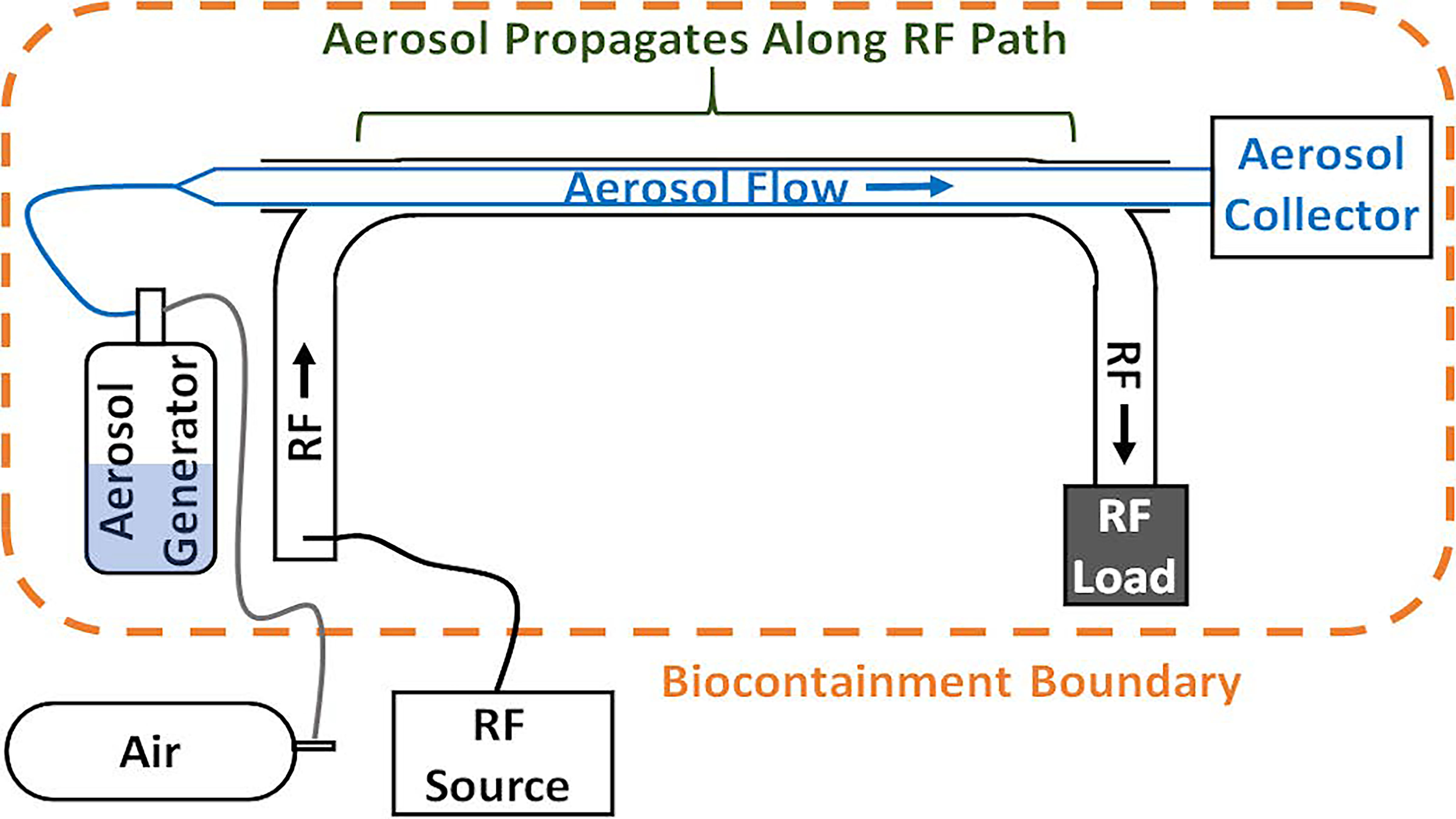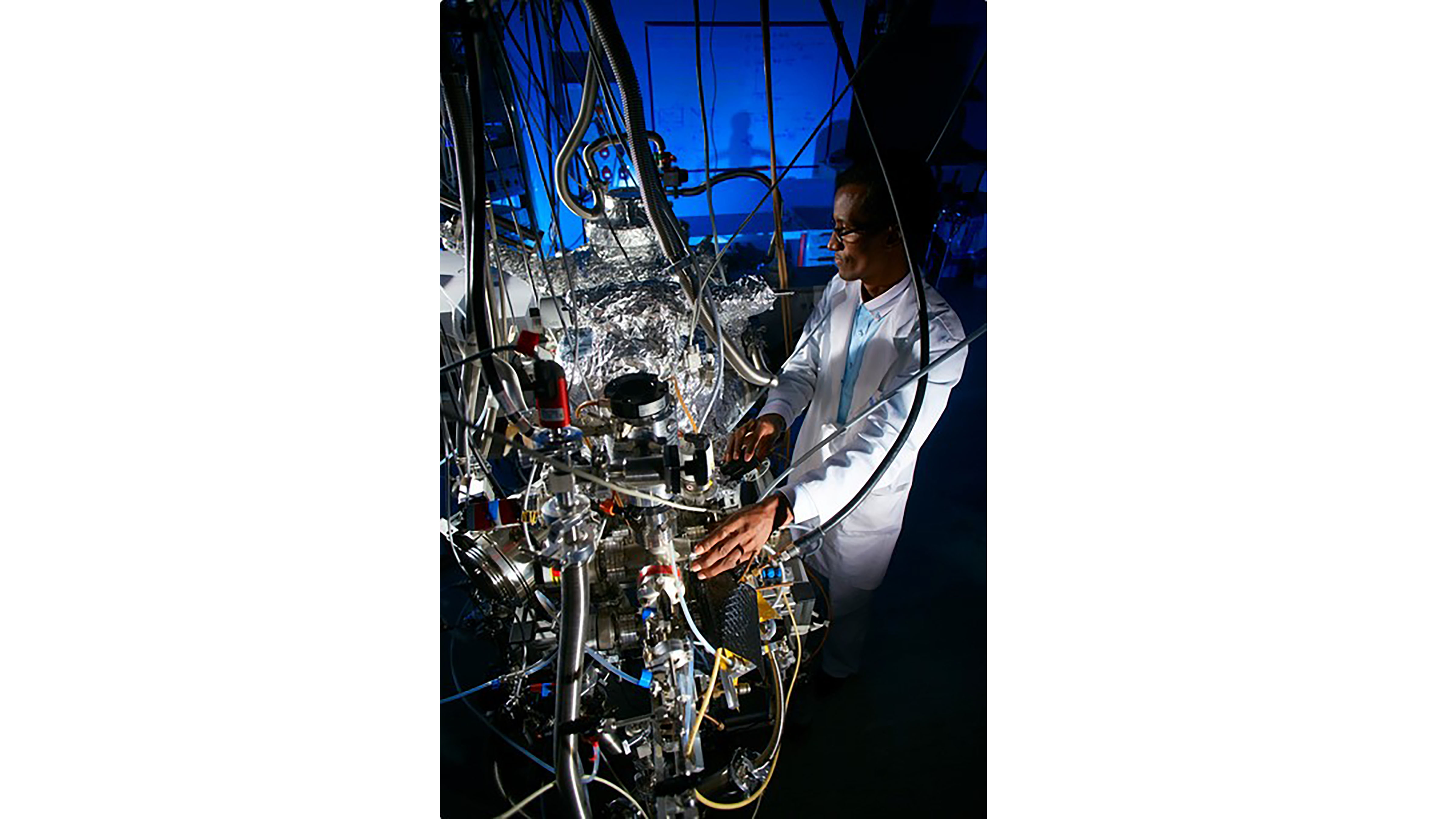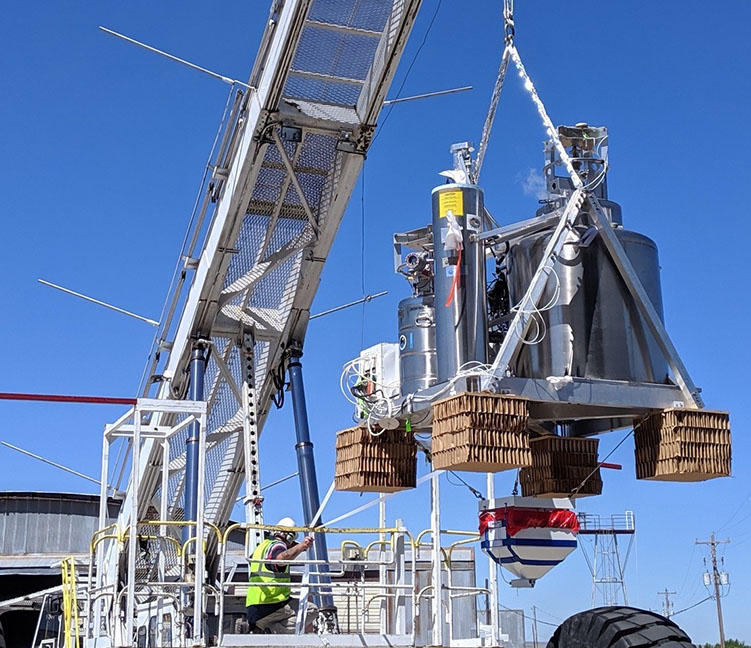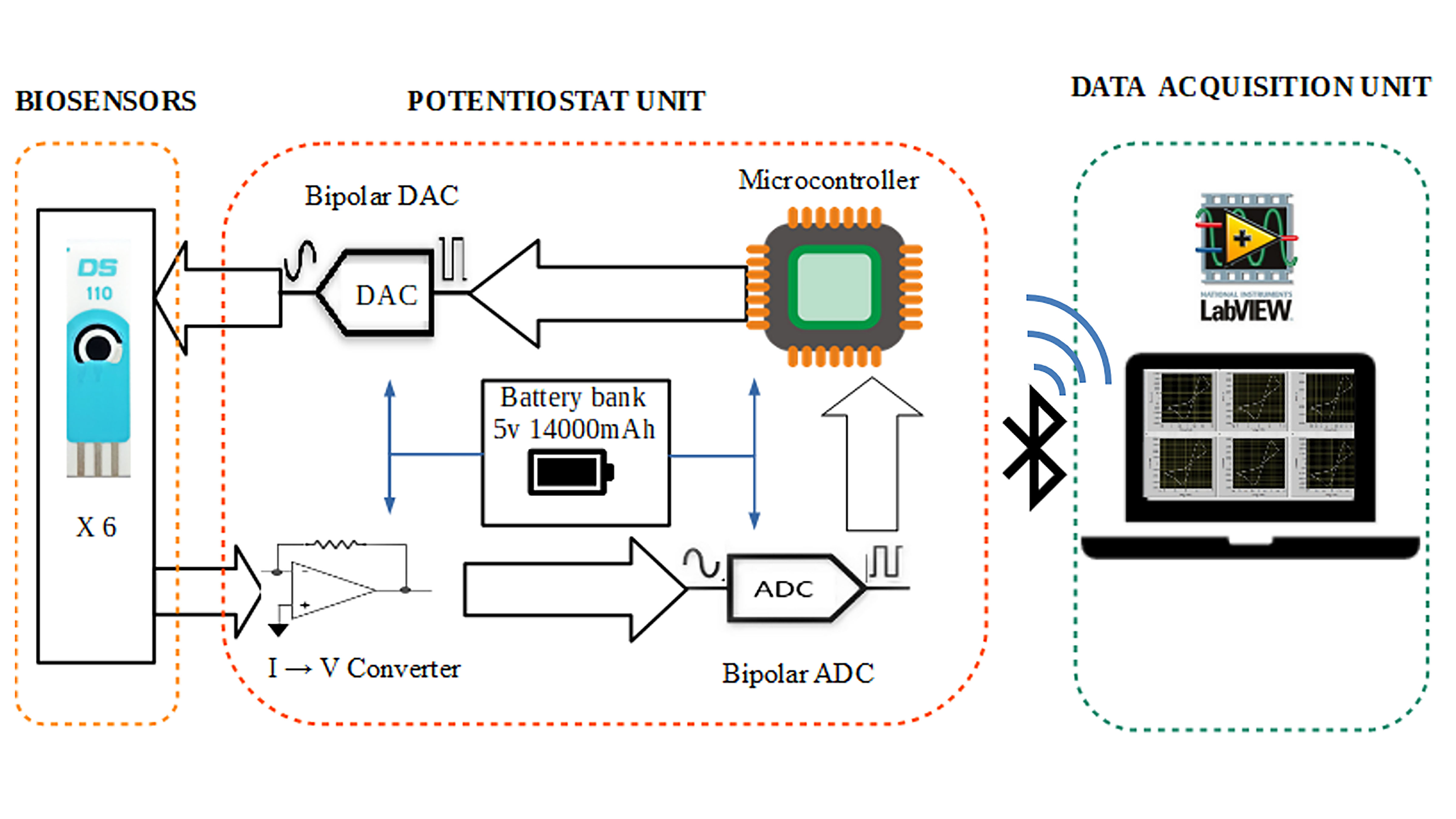In Review of Scientific Instruments, researchers have developed a laboratory to simulate comets in space-like conditions. The goal of the Comet Physics Laboratory is to understand the internal structure of comets, as well as how their constituent materials form and react. Many of the lab’s future experiments will involve creating sample comet materials with differing compositions. By testing those materials in the space-like chamber, the researchers can compare each sample to what has been observed on actual comets.
Tag: Review of Scientific Instruments
Something in the Air: Embedded Gas Sensing Device Promises Simple, Accurate Volatile Organic Compounds Detection
Emitted as gases from certain solids or liquids, volatile organic compounds include a variety of chemicals, and many are associated with adverse health effects so detecting VOCs simply, quickly, and reliably is valuable for several practical applications. In Review of Scientific Instruments, researchers describe a device designed to analyze air samples containing various VOCs. The device inhales a sample, enabling the sensors within its aluminum gas chamber to analyze and respond in real situations.

Microwaves Used to Deactivate Coronavirus, Flu, Other Aerosolized Viruses
As the pandemic continues, scientists are increasingly focused on developing methods to assist in decontaminating surfaces and spaces. In Review of Scientific Instruments, researchers report on experimental tools capable of presenting electromagnetic waves to an aerosol mixture with the capability to vary power, energy, and frequency of the electromagnetic exposure. The researchers seek to better characterize the threshold levels of microwave energy needed to inactivate aerosolized viral particles and reduce their ability to spread infection.

Device Mimics Life’s First Steps in Outer Space
A device developed by scientists at the CY Cergy Paris University and Paris Observatory promises insight into how the building blocks of life form in outer space. In Review of Scientific Instruments, the scientists detail how VENUS — an acronym of the French phrase “Vers de Nouvelles Syntheses,” which means “toward new syntheses” — mimics how molecules come together in the freezing darkness of interstellar space.

Scientists Solve Big Limitation of Stratospheric Balloon Payloads
Nearly all photons emitted after the Big Bang are now visible only at far-infrared wavelengths. Earth’s atmosphere blocks most of this light, so scientists are turning to huge stratospheric balloons to explore it. However, it is quite difficult to cool a telescope the size of a living room to nearly absolute zero while flying it from a balloon. This is where the Balloon-Borne Cryogenic Telescope Testbed comes in. NASA researchers discuss the mission in Review of Scientific Instruments.

Bluetooth-Enabled Device Detects Fermentation Process Over Days
Electrochemical reactions include the transformation of sugars into alcohol and carbon dioxide, and similar processes occur when the body breaks down food, drugs or other compounds. Monitoring these metabolic processes helps in testing, studying and combating disease, but they are difficult to study with normal equipment. In this week’s Review of Scientific Instruments, researchers discuss their work with a miniaturized potentiostat, which is compatible with most 3-electrode biosensors and can transmit its measurements via Bluetooth.
Simulating Borehole Ballooning Helps Ensure Safe Drilling of Deep-Water Oil, Gas
A device which simulates borehole ballooning, a detrimental side effect of deep-water drilling operations, is expected to ensure safe and efficient operations. If not prevented, borehole ballooning can lead to irreversible damage and serious drilling accidents, which can result in reservoir pollution and huge economic loss. In Review of Scientific Instruments, researchers present a device that can simulate this dangerous phenomenon in the hopes of preventing it.